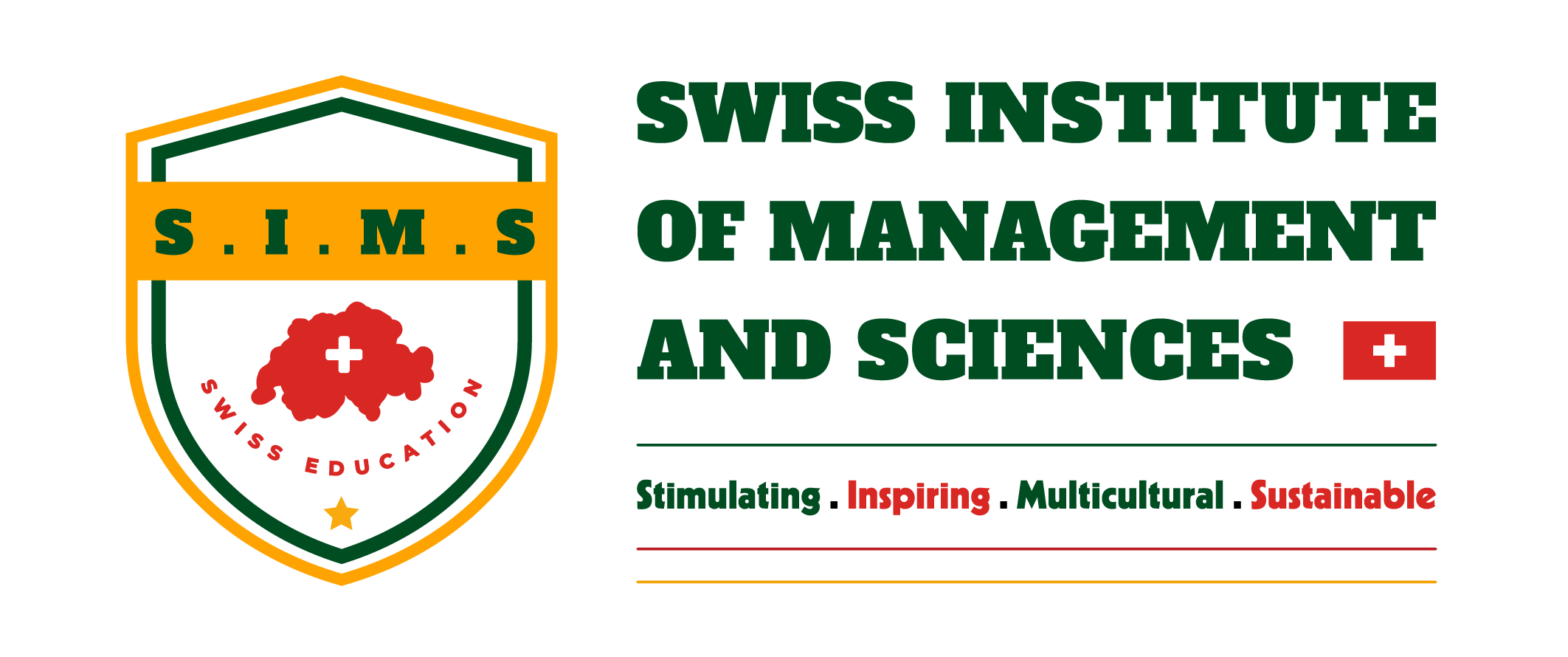
Apply For Admissions
We don't just provide students with an education and experiences that prepare them for a successful career. We help them succeed in their career—to discover a field they're passionate about and dare to lead it.

ABOUT

S.I.M.S
The first institution to pioneer and implement Flat Education, promoting equal access, collaborative learning, and barrier-free academic engagement for students, educators, and institutions across global education systems.
Swiss Institute of Management and Sciences (SIMS) was founded by a group of internationally experienced professors. With a strong educational network and deep expertise, SIMS offers a dynamic learning environment designed to empower students. Guided by a student-centred philosophy, SIMS provides a personalised educational journey—allowing students the flexibility to choose their study destination each academic year.
Multi-Campus
With an unwavering commitment to providing students with unparalleled learning opportunities, SIMS offers students multiple campuses for a unique educational experience.
Tuition
At SIMS, we believe in providing a top-quality education that is accessible and affordable for all students, which is why we offer competitive tuition rates and a variety of financial aid options.
Technology
Discover the latest technological innovations and resources available at SIMS, where we prioritise integrating technology into every aspect of the learning experience.
Alumni
Stay connected with fellow alumni from SIMS and give back to your alma mater by exploring the resources, events, and opportunities available in our dedicated Alumni section.
Upcoming Events
35 Years of Vietnam – European Union Relations: Achi...
CALL FOR PAPERS - 5TH INTERNATIONAL CONFERENCE ON FO...
4th International Food & Society Conference











